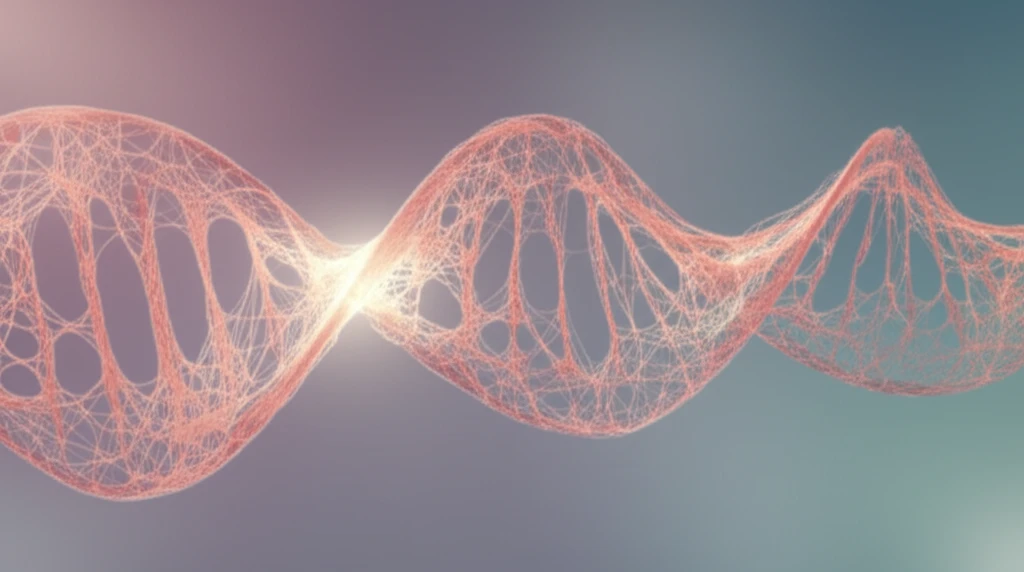
Decoding Fibrinogen: How a Tiny Mutation Can Cause Big Health Problems
"Scientists uncover a novel genetic twist that disrupts blood clotting and leads to hypofibrinogenemia, offering new clues for treatment."
Fibrinogen, a protein synthesized in the liver, is essential for blood clot formation. It is a complex molecule made up of three pairs of peptide chains: Αα, Ββ, and γ. Think of it as the structural foundation upon which blood clots are built, critical for stopping bleeding and healing wounds.
Congenital hypofibrinogenemia is a rare genetic condition where the body doesn't produce enough fibrinogen. This can lead to bleeding disorders, complications during pregnancy, and other health challenges. Researchers are constantly working to understand the genetic mutations that cause this condition to develop effective treatments.
A recent study published in Thrombosis Research has identified a new mutation in the fibrinogen gamma-chain (γ165Cys-Bβ227Cys) that disrupts the crucial disulfide bond and leads to hypofibrinogenemia. This discovery sheds light on how these genetic errors can affect fibrinogen production and function, opening doors for better diagnosis and personalized care.
What Does the p.Cys165Arg Mutation Do?

The study focused on a family in China where several members had low levels of fibrinogen. Researchers found a novel mutation, called p.Cys165Arg, in the gene responsible for producing the fibrinogen gamma chain. This mutation replaces a cysteine amino acid with an arginine at position 165, disrupting the normal structure of the protein.
- Misfolded Protein: The altered gamma chain cannot properly pair with other fibrinogen chains.
- Reduced Secretion: The body struggles to secrete the misfolded fibrinogen, leading to lower levels in the blood.
- Unstable Clots: The resulting blood clots are thinner and less stable, increasing the risk of bleeding.
Why This Discovery Matters
This study adds a valuable piece to the puzzle of congenital hypofibrinogenemia. By identifying a new mutation and elucidating its effects on fibrinogen structure and function, researchers can develop more targeted diagnostic and therapeutic approaches. For women, understanding these genetic factors is especially important for managing bleeding risks during pregnancy and childbirth. As research continues, personalized treatments based on specific genetic profiles offer hope for individuals and families affected by this rare condition.
